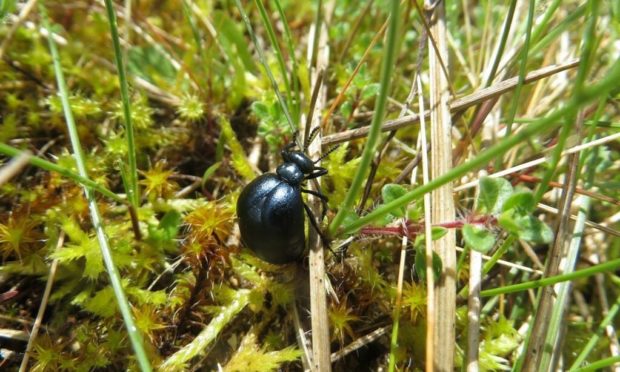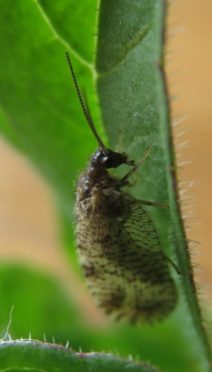New populations of rare insect species have been discovered in Scotland.
Buglife – The Invertebrate Conservation Trust – has said it is “delighted” by the discoveries of short-necked oil beetles (Meloe brevicollis) and bordered brown lacewing (Megalomus hirtus).
As the only invertebrate conservation charity in Europe, Buglife actively works to save more than 40,000 species of “Britain’s rarest little animals”.
The species of beetle and lacewing are both very rare and are currently part of a new partnership project called Species on the Edge so more about them can be discovered.
Buglife is one of seven charities collaborating with NatureScot to protect, conserve and raise awareness of 40 priority species which inhabit Scotland’s coasts.
Natalie Stevenson, manager at Buglife Scotland, said: “We owe a huge thanks to the skilled entomologists who made these important discoveries, knowing where they are found will help us protect them for the future.”
Vulnerable to extinction
The short-necked oil beetle was believed to only occur on the Isle of Coll but has now been discovered on the Isle of Islay and the Isle of Barra.
Until they mature, the beetles attach themselves to solitary mining bees and feed on their resources.
Another “exciting” discovery this year was a new population of the bordered brown lacewing, generally associated with wood sage, on the Sutherland coast.
Previously, the lacewing species was only found in Holyrood Park in Edinburgh and in a handful of Aberdeenshire coastal sites. The individual eggs can hatch and remain as larvae for up to four years before they emerge as adults.
Both of the species are vulnerable to extinction due to their specific life cycles and limited geographic ranges This means the the discoveries of the new populations are “extremely important”.

